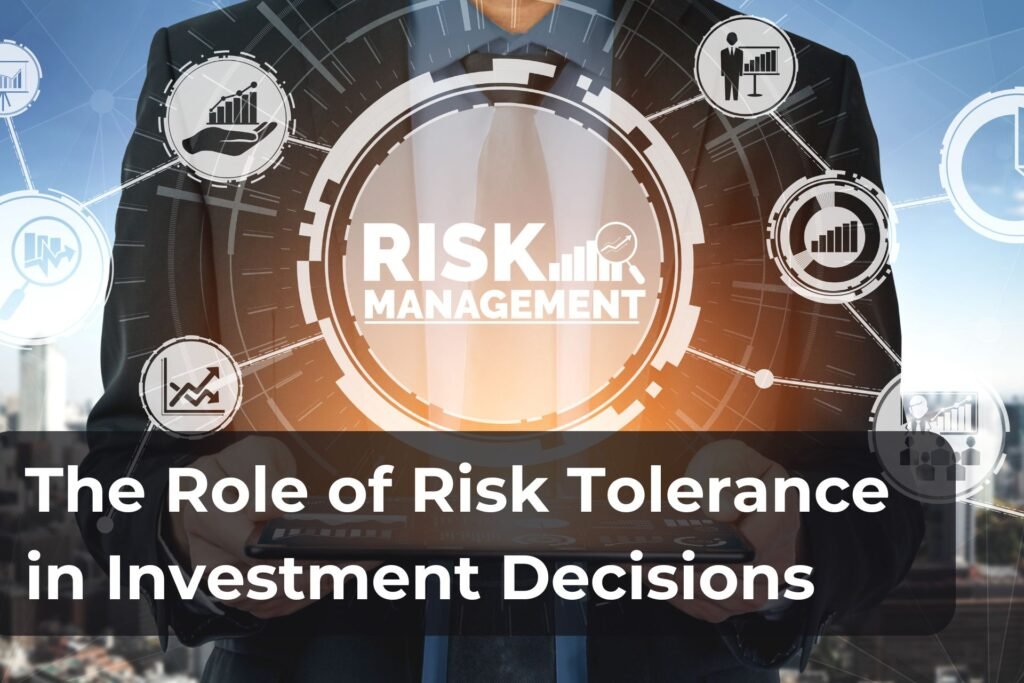Imagine this: you’re standing at a crossroads. One path leads to a serene valley, promising steady growth but limited views. The other path winds through a thrilling mountain range, offering the potential for breathtaking peaks but also the risk of treacherous climbs. This is, in essence, the world of investing.
Risk tolerance – your comfort level with potential losses – is your compass on this investment journey. It helps you navigate the different paths available, choosing one that aligns with your financial goals and emotional well-being.
Why Risk Tolerance Matters
A recent study by found that over 70% of Indian investors make investment decisions based on emotions like fear and greed. This can lead to impulsive choices and straying from a long-term strategy. Here’s why understanding your risk tolerance is crucial:
- Choosing the Right Asset Allocation: Different investment options carry varying degrees of risk. Stocks, for example, offer the potential for high returns but also greater volatility. Bonds, on the other hand, are generally considered safer but offer lower potential returns. Your risk tolerance will guide you towards an asset allocation that balances risk and reward, aligning with your goals.
- Weathering the Storms: The stock market is not a smooth ride. There will be ups and downs. A high risk tolerance allows you to stay invested during downturns, knowing that historically, the market has bounced back over the long term. A lower risk tolerance might lead you to panic sell during a correction, locking in losses.
- Investing for the Long Haul: Building wealth takes time and discipline. Understanding your risk tolerance helps you invest for the long term, avoiding the temptation to chase short-term gains or make knee-jerk reactions based on market fluctuations.
Know Yourself, Know Your Risk
So, how do you determine your risk tolerance? Here are some factors to consider:
- Investment Time Horizon: Are you saving for retirement in 20 years or a down payment on a house in 5 years? A longer time horizon allows you to ride out market fluctuations and potentially take on more risk.
- Financial Goals: Are you aiming for aggressive wealth creation or focusing on income generation? Aggressive goals might necessitate a higher risk portfolio, while income-driven goals might be better served by lower-risk options.
- Financial Stability: A secure emergency fund and minimal debt can provide a buffer for taking on more investment risk. Conversely, limited financial resources might necessitate a more conservative approach.
Risk Tolerance – A Spectrum, Not a Fixed Point
It’s important to remember that risk tolerance is not a fixed number. It can evolve over time based on life changes like job promotions, starting a family, or nearing retirement. Regularly reassessing your risk tolerance ensures your investment strategy remains aligned with your current circumstances and goals.
The Risk Tolerance Spectrum:
- Conservative Investor: Prioritizes capital preservation over high returns. Focuses on low-risk investments like bonds and fixed deposits.
- Moderate Investor: Seeks a balance between risk and reward. Invests in a mix of stocks, bonds, and other asset classes.
- Aggressive Investor: Comfortable with higher levels of risk for the potential of greater returns. Invests heavily in stocks and potentially more volatile asset classes.
The Takeaway
Understanding your risk tolerance is the foundation for making sound investment decisions. By taking the time to assess your comfort level with risk, you can chart a course towards your financial goals with greater clarity and confidence. Remember, a successful investment journey is not about conquering mountains but finding the path that leads you to your desired destination.
